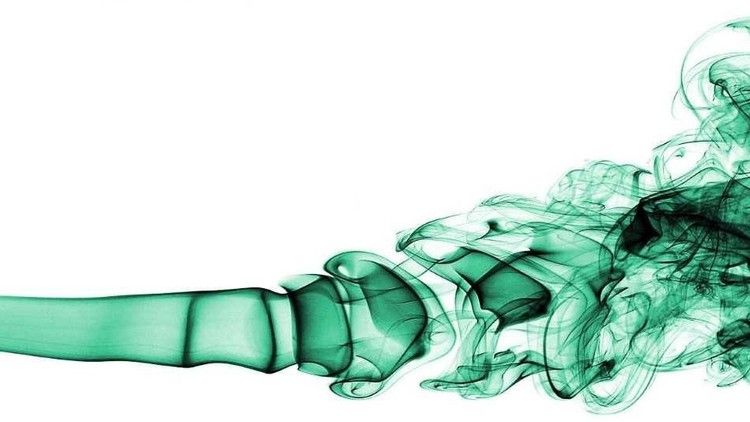
The Complete Course of Fluid Mechanics for Engineers 2021
Description
This course aims to introduce you to the fundamentals of fluid mechanics and its importance and application in process engineering like (Civil Engineering, Mechanical Engineering, and Chemical Engineering). The focus will be on solving fluid flow problems and the design of pipelines and equipment for fluid transport. Don’t worry if you find this course difficult or just start this course this is very detailed 15 Hours Course which starts from very basic level and can make you expert in this course at your home.
So you can definitely prepare for your Fluid Mechanics Exams and surely can score the highest grades in your class.
Textbooks used for this course
Fluid Mechanics by Yunus A. Cengel, John M. Cimbala
Fundamentals of Fluid Mechanics, 6th Edition By Munson
A very detailed course for understanding almost every concept of fluid mechanics and know-how to solve practice problems.
Section 1
Introduction to Fluid Mechanics
Application Area of Fluid Mechanics
Dimensions and Importance of Dimensions and Units
Dimensional Homogeneity and Unity with example problems
Calculation of Dimensional Analysis
Dimensionless Numbers (Reynolds, Bingham & Nusselt Number)
Measures of Fluid Mass and Weight (Density, Specific Weight, Specific Gravity) and Relation between Density and Specific Weight
Classification of Fluid Flow (Internal and External, Compressible and Incompressible, Laminar and Turbulent, Steady and Unsteady)
Calculation of Reynold, Bingham & Nusselt numbers (Dimensionless Numbers)
Section 2
Nature of Fluids (The no Slip Condition in Fluid Dynamics)
Shear Stress in Moving Fluid, (Derivation Shear stress is directly proportional to strain rate)
Viscosity and Fluid Types (Newtonian and Non-Newtonian Fluid)
Shear Thickening Fluids and Shear Thinning Fluid
Numericals Related to Newton Law of Viscosity (Newtonian Fluid)
Calculation of Shear Stresses
Velocity Profiles
Section 3
Pressure (Fluid Pressure and Hydrostatic Pressure)
Calculation of Specific Gravity
Manometry (Piezometer, U tube manometer, Differential Monometer)
Questions related to Monometer for pressure calculation
Buoyancy and Steps for solving Buoyancy Questions
Numericals related to Buoyancy
Lecture 4
Fluid Flow Rates
Continuity Equation
Calculation of Fluid Flow Rate using Continuity Equation
Commercially Available Pipe and Tubing (Steel Pipe, Steel Tubing, Copper Tubing, Ductile Iron Pipe)
Pipe Selection Aid
Question calculation of Volume Flow Rate by Pipes and Tubes Table
Determine Pipe Size and Tube Size from Tables
Conservation of Energy (Bernoulli’s Equation),
Derivation of Bernoulli’s Equation
Interpretation of Bernoulli’s Equation
Restriction on Bernoulli’s Equation
Numericals related to Bernoulli’s Equation
Problem-related to the calculation of volumetric flow rate through the nozzle using Bernoulli’s Equation
Application of Bernoulli’s Equation (Tanks, Reservoirs, and Nozzles Exposed to the Atmosphere)
Calculation of volumetric flow rate in Venturi Meter
Torricelli’s Theorem
Questions related to Torricelli’s Theorem
Section 5
General Energy Equation (Pumps, Fluid Motors, Fluid Friction, Valves, and Fittings)
Mechanical Energy and Efficiency
Nomenclature of Energy Losses and Addition
Questions Related to Energy Equation
Power Required by the Pumps
Mechanical Efficiency of Pumps
Numericals related to Pumps
Calculation of Mechanical Efficiency of the Pump
Power Delivered to Fluid Systems
Mechanical Efficiency of Fluid
Calculation of Power Delivered to Fluid and its Mechanical Efficiency
Lecture 6
Critical Reynolds Number
Reynolds Number for closed non-circular cross-sections
Hydraulic Radius for non-circular pipes
Solving Problems using Moody’s Chart
Calculation of Reynolds Number for non-circular pipes
Friction Loss in non-circular cross-section
Calculation of Friction loss using Moody’s Chart
Energy Loss due to Friction
Darcy’s Equation
Friction Loss in Laminar and Turbulent Flow
Section 7
Minor Looses
Sudden Enlargement and losses due to Sudden Enlargements,
Calculation of energy loss due to sudden enlargement
Exit loss and calculation of energy loss due to exit loss
Gradual Enlargement and calculation energy loss due to gradual enlargement
Sudden Contraction and calculation of energy loss due to sudden contraction
Entrance Loss and calculation of energy loss due to Entrance
Minor Losses (through Valves and Fittings) with procedure for calculation
Resistant Coefficient for Valves & Fittings
Calculation of all the energy loses in moving fluid
Section 8
Flow Measurement
Flow meters selection factors
Variable head meters, Venturi, Flow Nozzle, Orifice
Variable Area Flow Meters
Rotameter
Flow Rate and Velocity Measurements
Velocity Probes
Open Channel Flow Measurement (Weirs, Rectangle Notch, Contracted Weir, Triangle Weir)
Section 9
Positive Displacement Pumps
Reciprocating Pumps
Rotary Pump
Kinetic Pump
Self-Priming Pump
Centrifugal Pump
Affinity Law for centrifugal pumps
Numerical using Affinity Law
Manufacturer's data for centrifugal pumps
Effect of Impeller Size
Power and Efficiency of Pumps
Cavitation
Vapor Pressure
NPSH Margin




